Windshield Maintenance and Repair: Ensuring Clear Visibility and Safety for Your Drive
Ensuring our car’s windshield remains clean and free from damage is essential for both clear visibility and safety while driving. Often, we don’t realize the importance of a pristine windshield until faced with a distracting chip, crack, or grime that limits our view. Beyond its aesthetic value, the windshield plays a crucial role in the vehicle’s structural integrity and our protection in accidents. Prompt attention to maintenance and repairs is vital for our safety and that of others on the road.
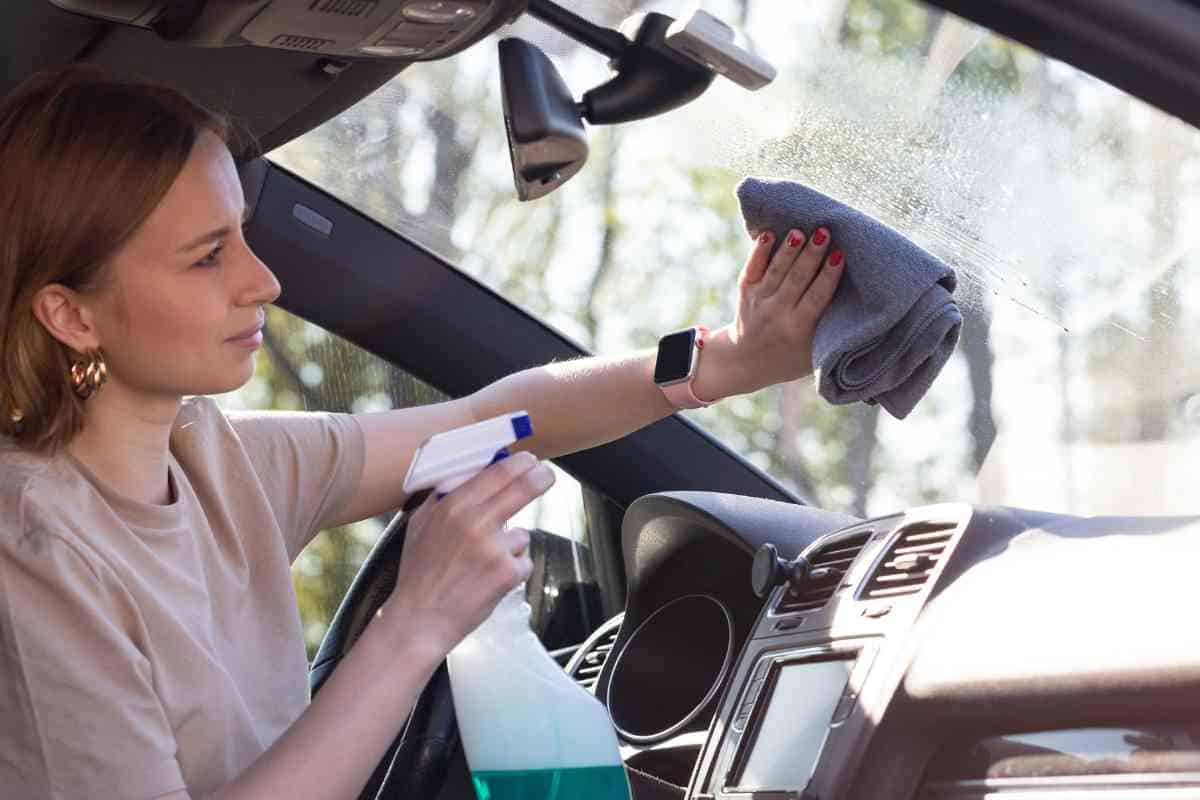
Related Post! How To Clean Bugs Off Your Car Windshield
How Do I Maintain My Windshield?
To maintain your car windshield, regularly clean it with automotive glass cleaner and a microfiber cloth to prevent scratches. Address chips and cracks promptly to avoid expansion, replace worn wiper blades to prevent streaking, and avoid extreme temperature changes to reduce the risk of stress cracks. Regular inspections help catch issues early.
The unexpected sound of a rock hitting the windshield while cruising on the highway is something many of us have experienced. Even minor chips can quickly escalate into larger cracks needing significant repairs or replacement, emphasizing the importance of immediate action. Apart from repairs, regular cleaning and careful handling can extend the windshield’s lifespan and functionality. For instance, avoiding rapid temperature changes and employing correct de-icing methods in winter can help prevent stress cracks.
For DIY enthusiasts, integrating maintenance steps such as using appropriate cleaning agents, replacing worn wiper blades, and mindful parking habits can greatly benefit windshield upkeep. When professional repairs are needed, choosing a reputable auto glass specialist is crucial, as the quality of materials and adhesives significantly impacts the repair and replacement process.
Understanding Windshield Functions
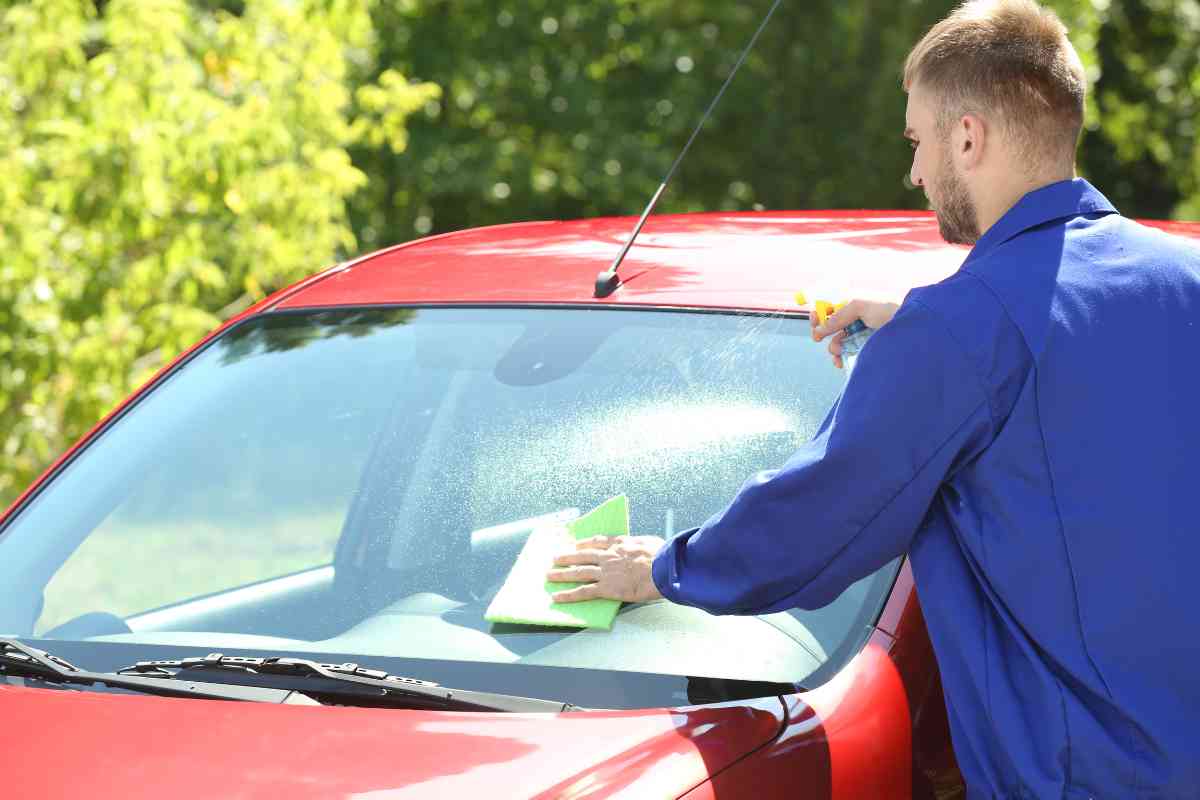
Windshields are engineered from advanced materials for durability, playing key roles in visibility and safety. They shield us from debris, adverse weather, and visual obstructions, ensuring an unobstructed view of the road. This visibility is critical for responding to road conditions, signs, and traffic efficiently. Reflecting on personal experiences, a seemingly minor chip expanding into a significant crack highlighted the importance of quick repairs to maintain clear visibility.
Windshield Structure and Materials
Modern windshields are constructed from laminated safety glass, which consists of a plastic layer sandwiched between two glass sheets. This design keeps the windshield in one piece upon impact, significantly reducing injury risks. Understanding the materials’ strength and flexibility underscores the necessity of maintaining and promptly repairing our windshields.
Routine Windshield Inspection
Regular windshield checks are pivotal for sustaining clear visibility and road safety, allowing us to catch and address minor issues before they worsen.
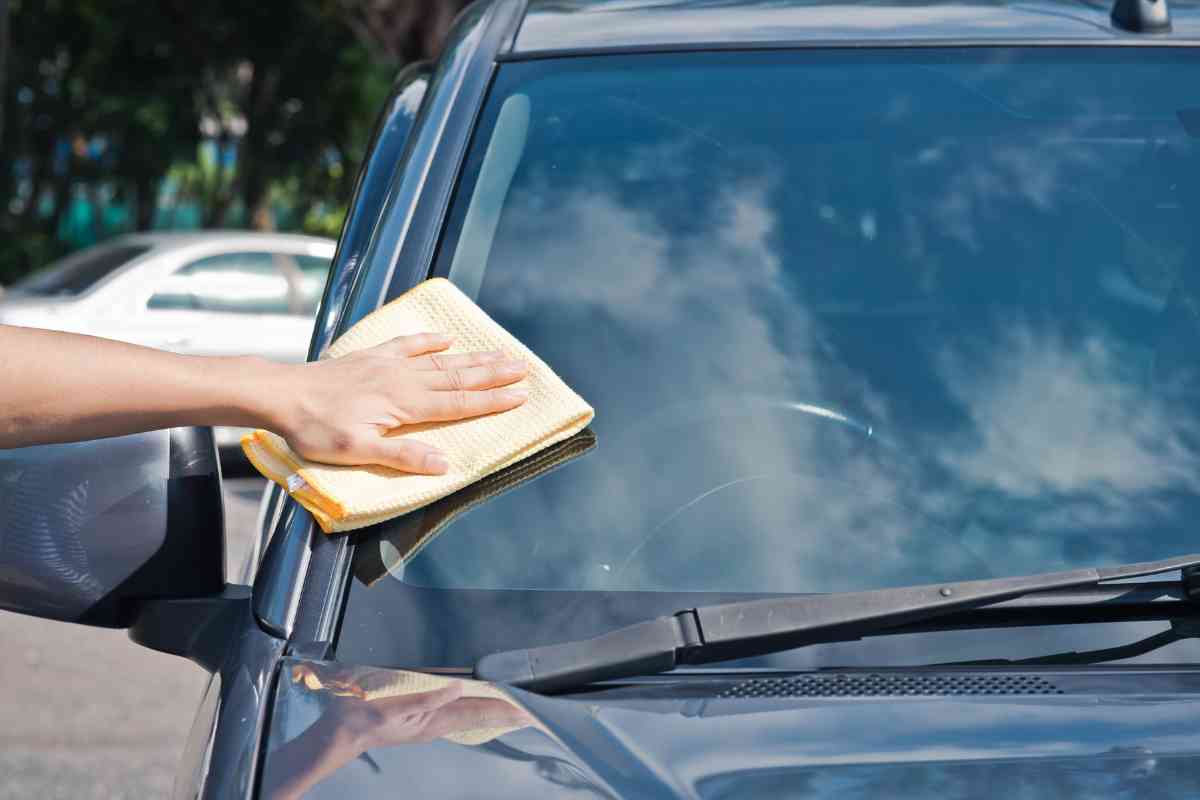
Checking for Chips and Cracks
Inspecting for any chips or cracks is the initial step in a windshield check-up. Addressing even small imperfections early can prevent them from compromising the glass’s integrity. It’s crucial to remember the windshield’s role beyond visibility – it’s a structural component that supports the vehicle’s roof.
Assessing Wiper Performance
Evaluating the windshield wipers is next. Indicators like water streaking or chattering noises signify it’s time for new blades. This assessment isn’t limited to the rubber alone; checking the wiper arms for alignment is also necessary. Since effective wipers are key for visibility in poor weather, maintaining them is non-negotiable.
Monitoring for Leaks and Damage
Finally, monitoring for leaks or damage around the windshield’s edges is essential. Signs like water ingress or drafts at high speeds can point to seal issues. Regular sealant checks can forestall extensive repairs, keeping the interior dry and preserving the windshield’s structural integrity.
Regular Cleaning Techniques
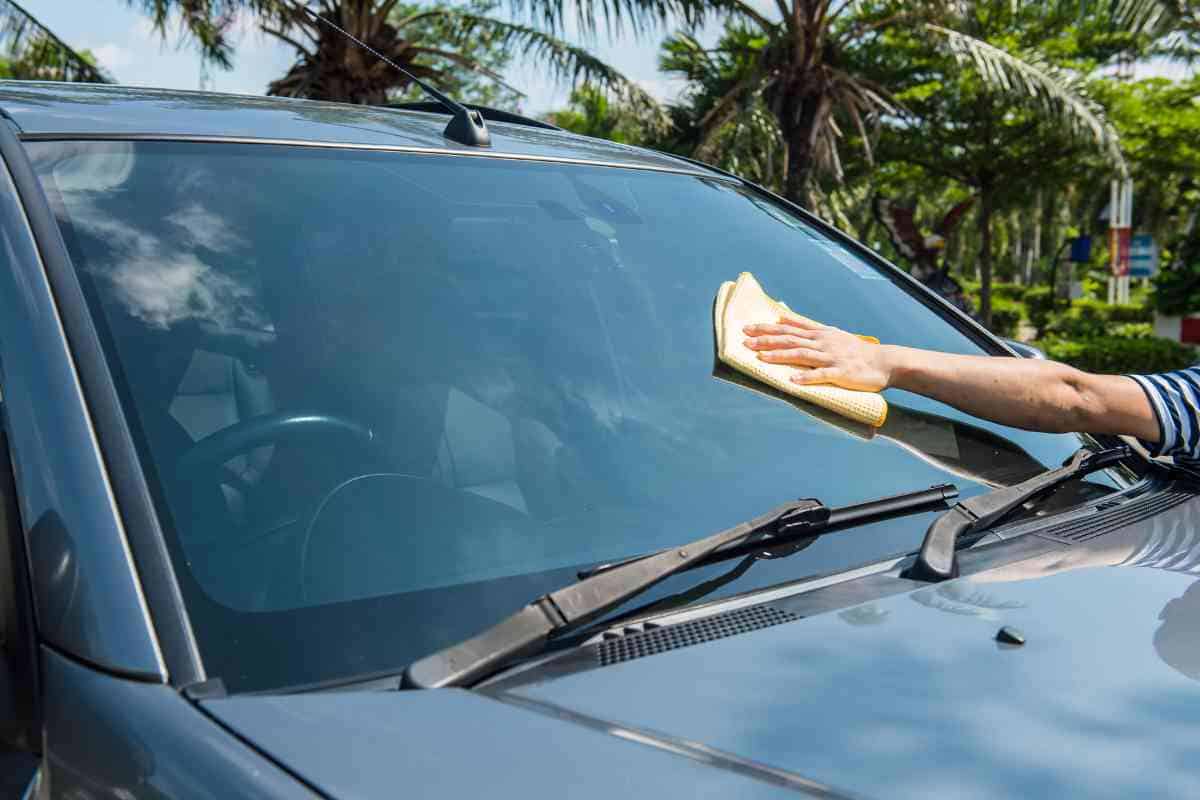
Maintaining a crystal-clear windshield is not just about enhancing the aesthetic appeal of your car; it’s a crucial safety practice that ensures optimal visibility during your drives. Let’s delve into how we can achieve and maintain a spotless windshield through effective cleaning techniques and solutions while avoiding common pitfalls that could hinder our view and safety.
Related Post! How To Remove Water Spots From A Car Windshield
Choosing the Right Cleaning Solutions
The key to a streak-free windshield begins with selecting the appropriate cleaning solution. We champion the use of specialized automotive glass cleaners designed for vehicle windshields. These solutions are typically ammonia-free, an essential feature since ammonia can degrade window tints and be harsh on our eyes and skin. The right cleaner not only effectively cuts through dirt and grime but also dries swiftly to leave behind no streaks.
Proper Cleaning Methods
The cleaning process itself should begin with a simple rinse using water to dislodge any loose dirt. Following this, apply your chosen cleaning solution using a microfiber cloth. These cloths are ideal as they’re soft on the glass and leave no lint. Employing a circular motion from the outer edges inward helps ensure thorough coverage. To prevent scratching, keep the windshield moist throughout the cleaning process. A pro tip we’ve discovered is that finishing with vertical and then horizontal wipes can catch any lingering streaks, ensuring a flawless finish.
Avoiding Common Cleaning Mistakes
Several common mistakes can sabotage your efforts for a clear windshield. Direct sunlight, for example, can cause the cleaning solution to evaporate too quickly, resulting in a streaky residue. Instead, clean in the shade or during cooler parts of the day. Also, avoid using paper towels or rough fabrics, which can scratch the glass surface. Regularly check and maintain your wiper blades; worn-out blades tend to smear rather than clean, detracting from your visibility and safety.
Related Post! How To Remove Scratches From Car Windshields
Chip and Crack Prevention
Beyond cleaning, safeguarding your windshield from chips and cracks is paramount for uninterrupted visibility and overall safety. Implementing certain practices can significantly reduce the risk of damage.
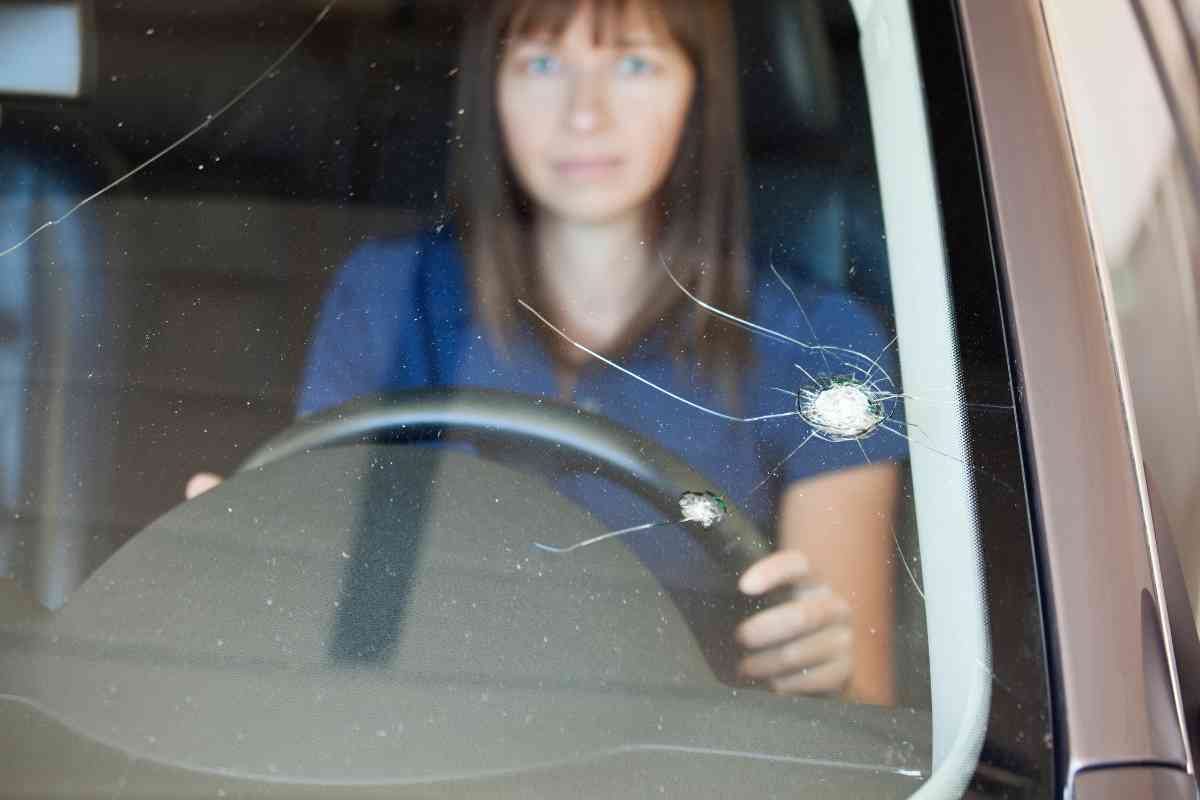
Safe Driving Practices
Conscious driving habits play a significant role in protecting your windshield. Keeping an eye out for road debris and maintaining a safe distance from construction vehicles and areas with loose pavement can mitigate the risk of chips. Opting for alternative routes when possible is a wise choice to avoid potential hazards.
Proximity to Other Vehicles
The risk of windshield damage escalates when following too closely behind large trucks or vehicles carrying construction materials. Adhering to a minimum three-second following distance not only enhances safety but also has been proven to reduce the likelihood of rock chips.
Temperature and Environmental Effects
Lastly, environmental factors and sudden temperature changes can compromise your windshield’s structural integrity. To avoid such issues, park in shaded areas when possible and refrain from using hot water on icy glass. Employ proper ice scrapers and de-icer solutions for frost or ice, thereby preventing thermal stress cracks that could necessitate costly repairs or replacements.
DIY Repair for Small Chips and Cracks
Ensuring clear visibility through your windshield is paramount for safe driving. Let’s explore how you can address small chips and cracks on your own, preserving your windshield’s integrity and potentially saving on costs.
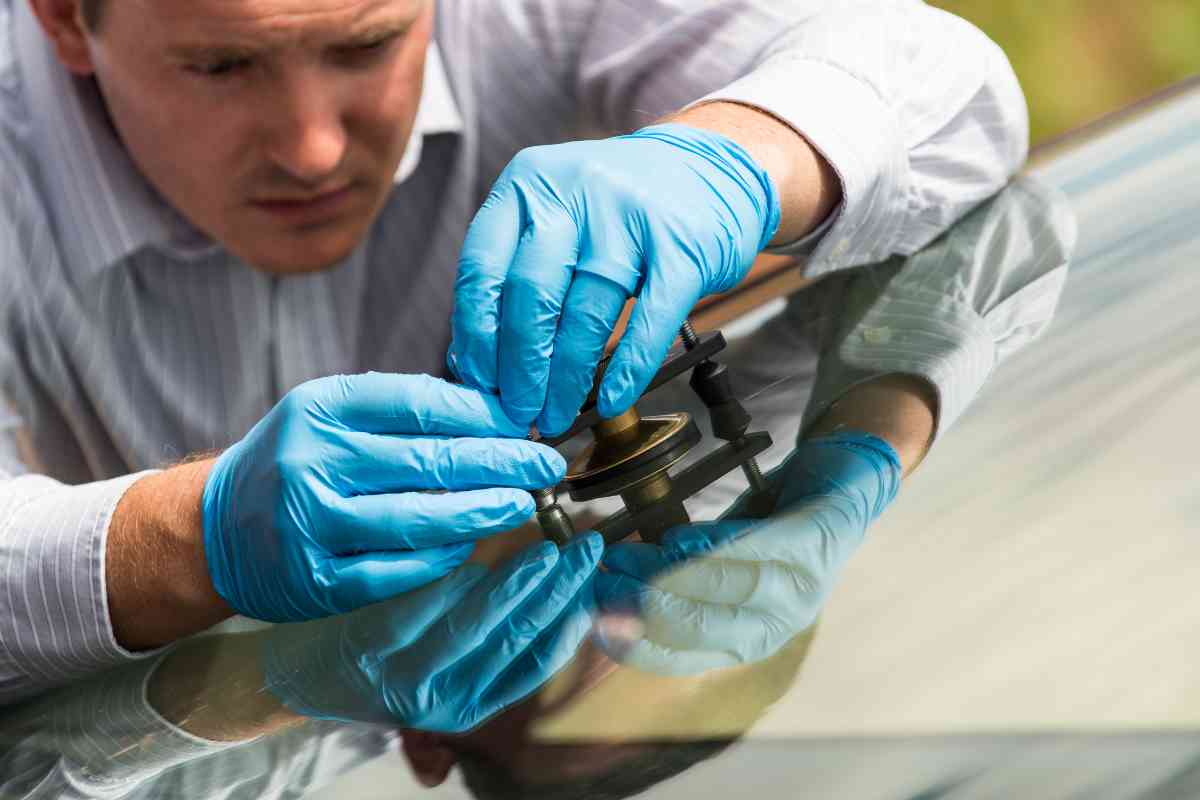
When to Attempt DIY Repair
The rule of thumb is quite simple: if the chip is smaller than a quarter and the crack less than three inches, you might successfully tackle the repair yourself. However, if the damage obstructs the driver’s view or shows signs of spiderwebbing, seeking professional assistance is recommended for safety, as AutoZone advises.
Tools and Materials Needed
For a DIY repair, you’ll need:
- Windshield repair kit: Comes with resin adhesive and a syringe.
- Razor blade: Useful for scraping away any excess resin.
- Glass cleaner: Essential for preparing the surface.
- Cloth or paper towels: Needed for cleaning the area before repair.
Step-by-Step Repair Guide
- Clean the Damage: Thoroughly clean the affected area with glass cleaner and a cloth, ensuring no moisture seeps into the break.
- Assemble the Kit: Typically, you’ll load the resin into the syringe and attach it to a pedestal on the kit. Adhere strictly to the kit’s instructions for optimal results.
- Apply the Resin: Secure the pedestal over the chip and inject the resin. This step is vital for preventing further spreading of the crack and restoring the structural integrity of your windshield, as detailed by Family Handyman.
- Cure and Clean: Allow the resin to cure as directed by your kit, then carefully remove any residue with a razor blade.
Prompt action on minor chips can prevent more significant issues later on. Keep safety at the forefront and address windshield damage as soon as possible.
Professional Repair Services
Choosing the right professional service is crucial for ensuring both quality and safety in windshield repairs. Here’s how to decide when professional help is needed, the repair options available, and what to anticipate during the process.
Deciding When to Seek Professional Help
Assessing whether a chip is merely a cosmetic issue or a significant concern can be challenging. Professional expertise is advisable when the damage is in the driver’s line of sight, exceeds the size of a quarter, or is located at the windshield’s edge. Early intervention can often prevent the need for a more costly replacement.
Types of Professional Repairs
There are primarily two professional repair solutions: chip and crack repairs. Chip repairs involve injecting resin into the damaged area, while crack repairs might employ more advanced methods to halt the damage’s spread. In cases of severe damage, a complete windshield replacement may be necessary.
What to Expect During Professional Repair
The repair process typically starts with a thorough cleaning, followed by the application of resin for chips or specialized techniques for cracks, and finally curing under UV light to strengthen and minimize the visibility of the repair. Opting for services that highlight their certifications and licensing can ensure a higher quality of work. Many professionals offer the convenience of mobile repairs, coming directly to your location, with most chip repairs taking no more than 30 minutes.
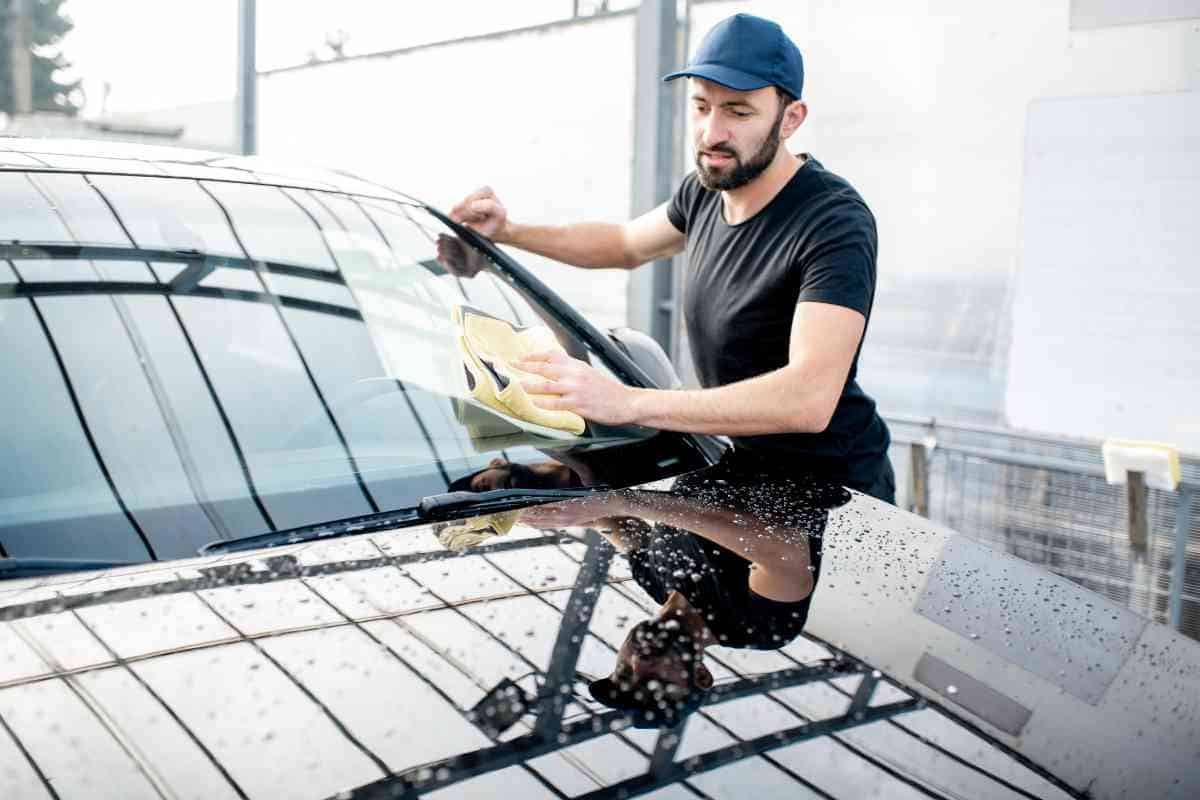
Windshield Replacement Options
When faced with significant windshield damage, the decision-making process is crucial for ensuring our safety on the road. Here’s how to navigate the waters of windshield replacement, from assessing the need to understanding the costs and insurance implications.
Evaluating the Need for Replacement
The first step is to accurately assess the extent of the damage. While minor chips and cracks might be fixable, larger or vision-obstructing damages usually necessitate a full windshield replacement. Considerations such as the damage’s size, location, and type are pivotal in deciding whether it’s time to replace your windshield.
Selecting the Right Replacement Glass
The choice of replacement glass is paramount for maintaining the vehicle’s safety standards. Opting for OEM (Original Equipment Manufacturer) glass guarantees the highest quality and fit, closely followed by OEE (Original Equipment Equivalent). Given the windshield’s critical role in a vehicle’s structural integrity, quality should never be compromised.
Understanding Replacement Costs and Insurance
The cost of windshield replacement can vary, depending on the vehicle’s make, model, and chosen glass type. Consulting with your insurance provider is wise, as comprehensive policies might cover glass replacement. Be aware of your deductible, as it may influence the overall cost burden.
Advanced Windshield Technologies
Today’s smart vehicles feature windshields that are technological marvels, enhancing safety and convenience.
Features of Smart Windshields
Modern smart windshields may include sensors and HUDs (Heads-Up Displays) that project vital information, like speed and navigation, directly onto the glass, keeping drivers informed while their eyes remain on the road. Some can even adjust tinting automatically, improving driving conditions by adapting to changes in light.
Maintenance of Advanced Windshield Systems
Maintaining these advanced systems requires regular upkeep using appropriate cleaning solutions and avoiding harsh chemicals. Following repairs, recalibration of any integrated cameras and sensors is necessary to ensure the correct functioning of driver-assistance features. Technicians experienced with these systems are best suited for the job, ensuring all tech features work seamlessly.
Legal and Safety Standards
Windshield maintenance isn’t just a matter of clear visibility—it’s also a legal obligation.
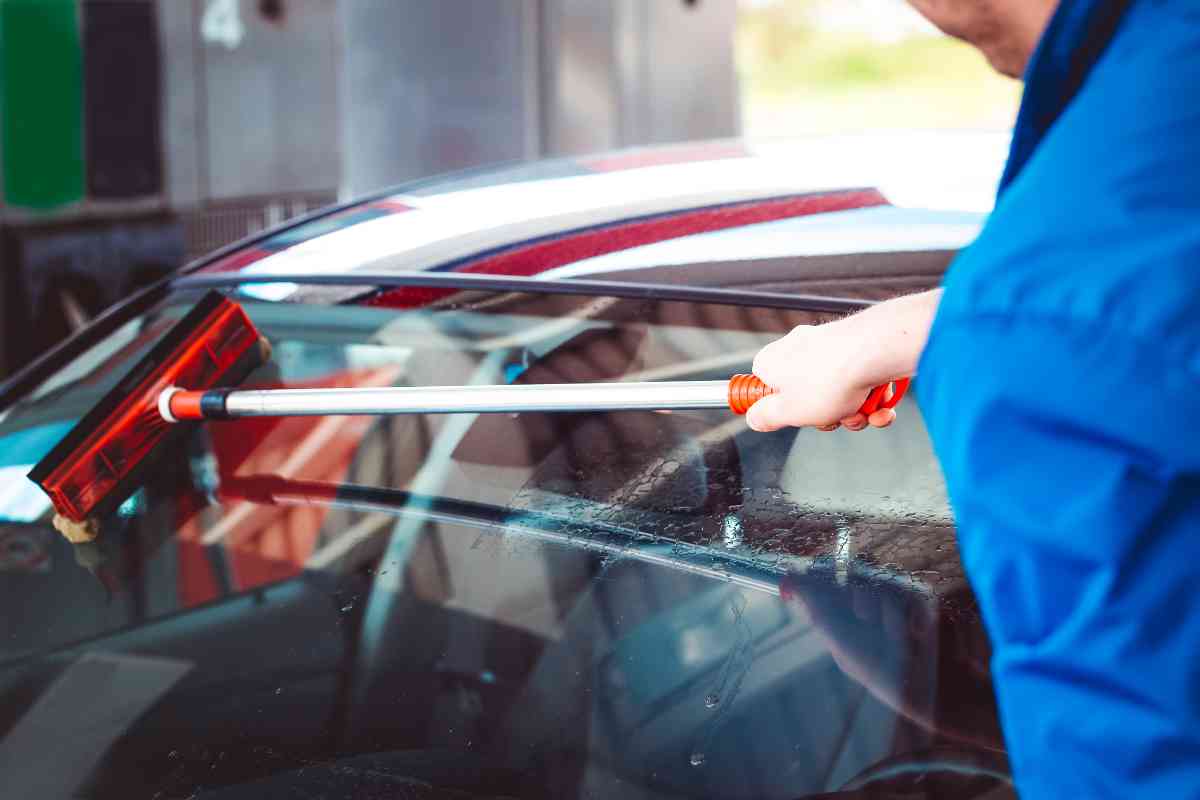
State Regulations for Windshields
Each state has specific laws regarding windshield condition, including regulations on acceptable damage sizes. Non-compliance can result in not only safety hazards but also legal penalties, such as fines or failed vehicle inspections.
Impact on Vehicle Inspection and Insurance
A damaged windshield can affect your vehicle’s inspection status and may influence insurance claims. Promptly addressing windshield issues not only keeps you legally compliant but can also be cost-effective, with many insurance policies covering the repair or replacement of damaged windshields.
Navigating the intricacies of windshield replacement and maintenance requires a balance of understanding legal requirements, recognizing the importance of high-quality materials, and staying informed about the advancements in windshield technology. Keeping these factors in mind ensures both your safety and that of others on the road.
